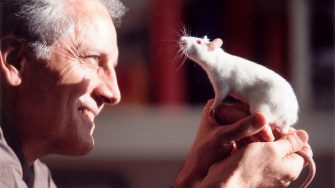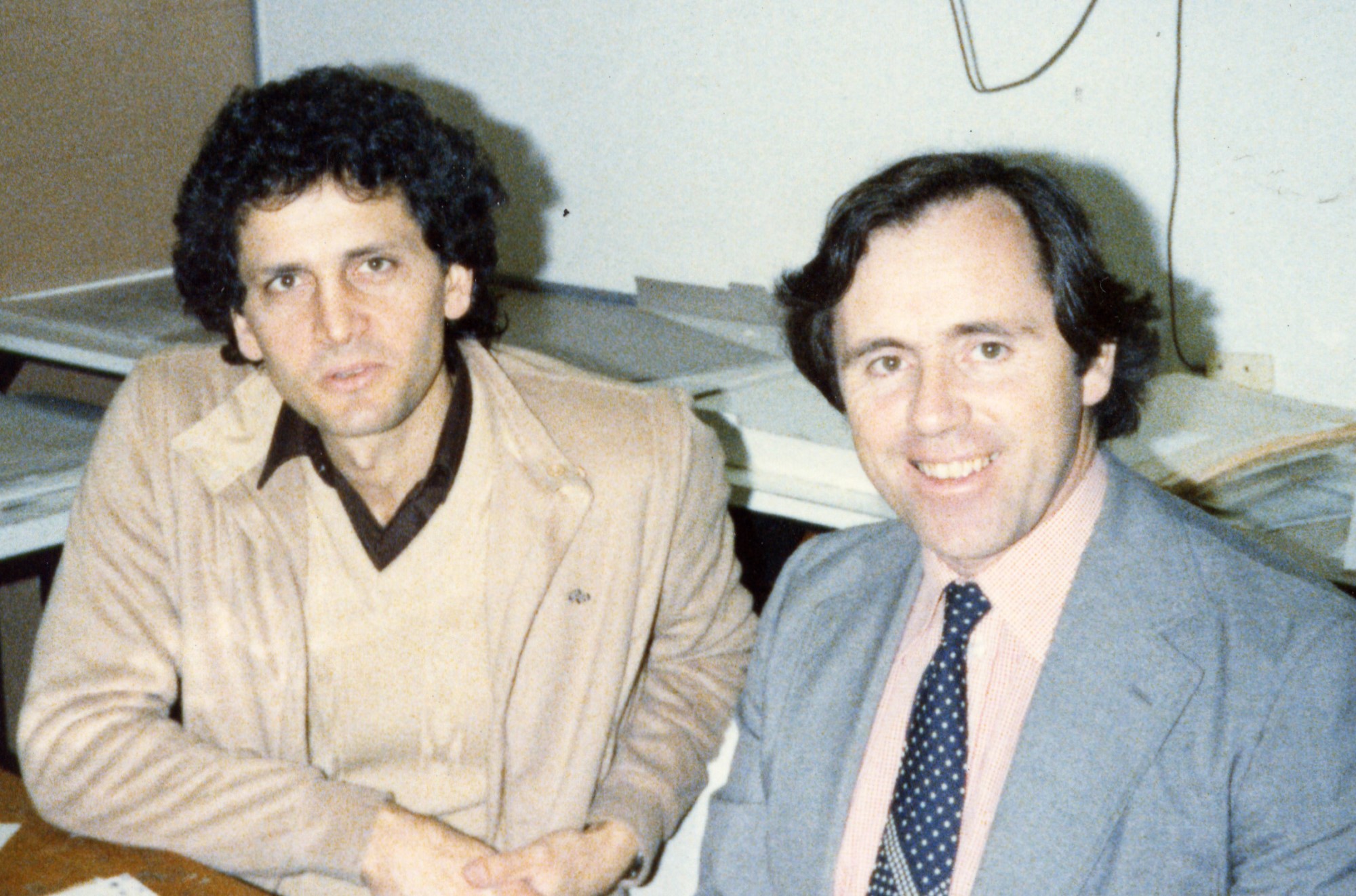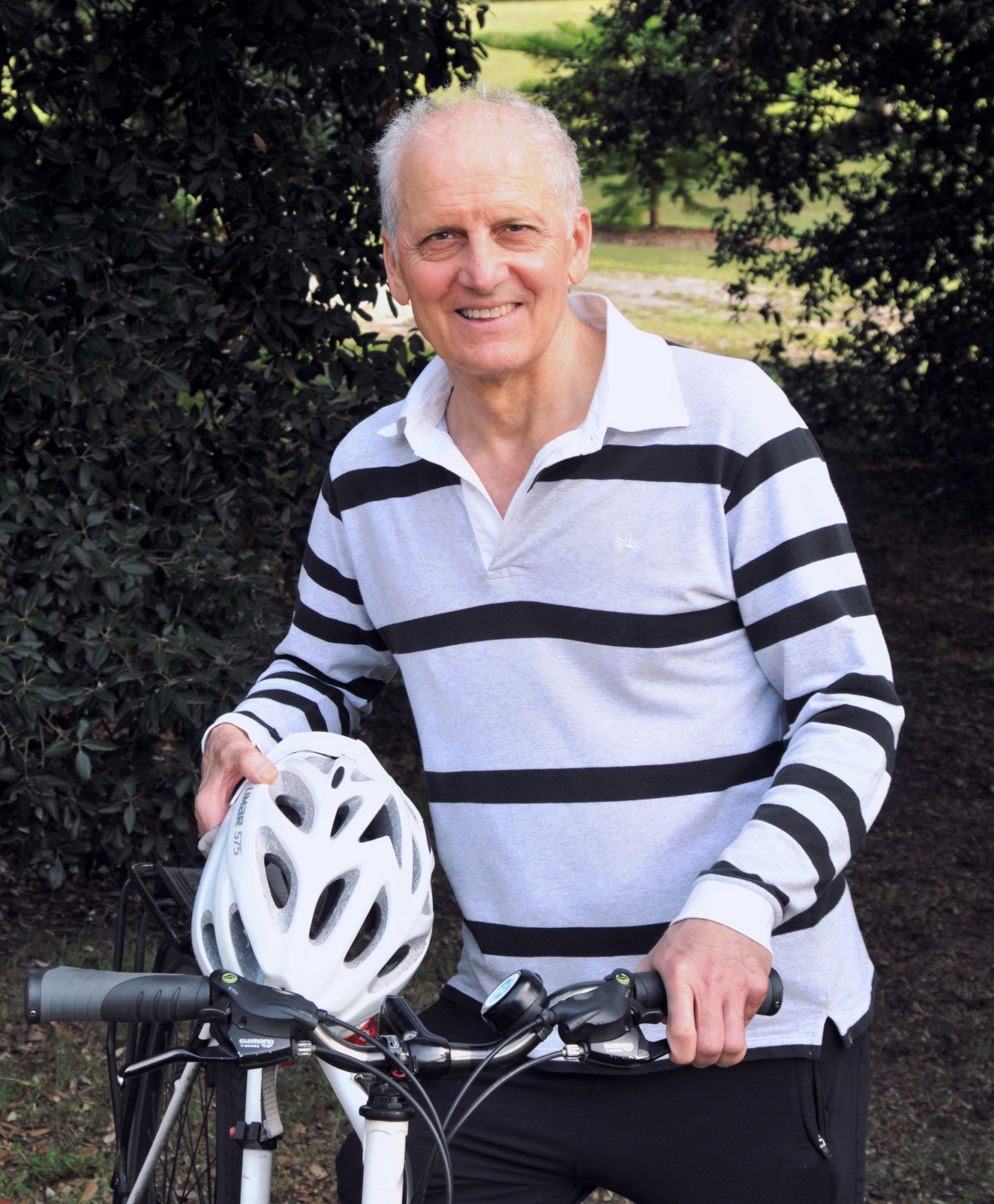50 years at UNSW – celebrating Scientia Professor George Paxinos
Brain cartographer, psychologist, fiction writer, and environmental activist - Scientia Professor George Paxinos has pursued many paths during his time at UNSW.
Brain cartographer, psychologist, fiction writer, and environmental activist - Scientia Professor George Paxinos has pursued many paths during his time at UNSW.

When Scientia Professor George Paxinos was a postdoctoral psychology researcher at Yale University, a job opportunity came up in Australia. Interested but not quite convinced, Prof. Paxinos called up an Australian friend and asked about UNSW Sydney. The friend told Prof. Paxinos all about the University of Sydney, not realising that these were two different institutions.
It was 1973 when Prof. Paxinos arrived to take up a research position in the School of Psychology at UNSW. Though the university mix-up quickly became obvious, Prof. Paxinos took a punt on a young UNSW, established only 24 years earlier. He ended up staying on, with 2023 marking his 50th year at the University.
In that time, Prof. Paxinos has had a celebrated career as a cerebral cartographer – a mapmaker of the brain. The first of his 57 scientific books, The Rat Brain in Stereotaxic Co-ordinates, is the most cited work in neuroscience of all time. Prof. Paxinos has also written an eco-fiction book called A River Divided.
Beyond this, Prof. Paxinos has contributed to UNSW’s evolution as a community and environment-conscious institution over the years. Passionate about environmental causes, Prof. Paxinos campaigned for the establishment of light rail lines to UNSW and better infrastructure for cyclists on campus.
Recently Prof. Paxinos visited the Kensington campus to meet with Dean of UNSW Medicine & Health, Professor Vlado Perkovic, and donated two of his books to the Faculty.
We sat down with Prof. Paxinos to talk about his career and time at UNSW.

Scientia Professor George Paxinos met with the Dean of UNSW Medicine & Health, Professor Vlado Perkovic, to mark his 50th year at the university. Photo: UNSW.
Q: What did you think of UNSW when you first arrived?
A: I came, I looked around at the place. It just didn’t look like the university in Sydney. But I stayed. There are some decisions you make in life that are consequential. And this was one of them.
Q: How did you get the idea for your first atlas of the brain?
A: I got the idea for an atlas when I was on sabbatical at Cambridge. I saw a rat brain stained for the enzyme acetylcholine cholinesterase. And it was as if someone had coloured in the brain… There were different shades of brown to indicate different areas.
So, I came back to Australia and I sectioned and stained the brain. But I had to photograph it. I asked Charles Watson [Emeritus Professor Charles Watson has collaborated with Prof Paxinos for 45 years] for help… I asked if he were interested in joining me on the atlas.
That was the best offer I ever made. Because he actually knew neuroanatomy – he was an anatomist. I was a psychologist, so it was a good partnership.

Scientia Professor George Paxinos and Emeritus Professor Charles Watson in 1982, the year that they published The Rat Brain in Stereotaxic Co-ordinates. Photo: Supplied.
Q: Your collaboration with Emeritus Professor Charles Watson has lasted 45 years. What have you learned from each other?
A: From Charles I learned some of the principles of anatomy. I also learned from him to face adversity and insult with equanimity. He had a very calm comeback.
As for what he might have learned from me – well, he wasn’t initially involved in atlas making. I had developed the approach of using the chemical phenotype of neurons to identify brain areas.
Sometimes we would happen on a brain structure not known to science, in which case, we’d have the right to name it. At this point we would stop work and Charles would play the saxophone.
Q: Where did you get the idea for your fiction book, A River Divided?
It came out of a defeat in an effort to bring back the trams to Sydney. I was trying to change people’s behaviour, to stop them building on the old tramway corridor to Randwick and Coogee. But then I thought, what about changing their attitudes and making them want to build the light rail instead?
I had the idea that if I could write a novel, to change the attitudes from where behaviour originates, then that would be more effective. Considering this issue, I wrote an eco-fiction novel A River Divided that might have broken a record in the time it took me to complete –21 years.

Scientia Professor George Paxinos has consistently campaigned for environmental causes at UNSW. Photo: Supplied.
Q: How has UNSW changed since you first came here?
The campus has improved. I’m pleased that I can walk around now and behold something beautiful – the buildings, the greenery, the courtyards with people sitting outside.
I’ve also seen more women participating in science. That has been excellent.
Q: Do you have any advice for students and researchers just starting out?
The best thing that you can do to achieve a better end is speak up and embarrass authority into action. Tell them, because it may well be for their own good.